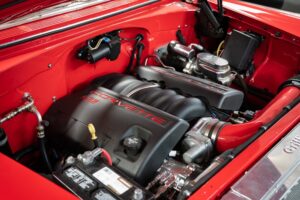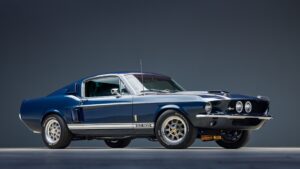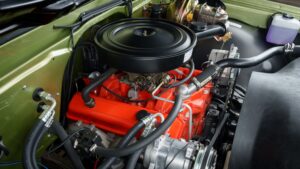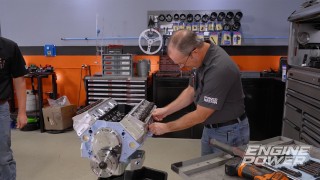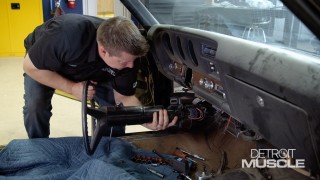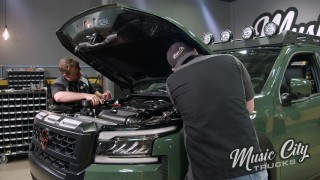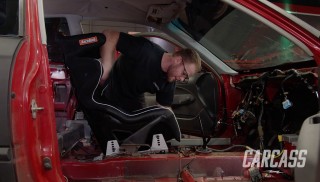Legendary Revival: Unveiling the ’71 Chevy Caprice Transformation with an 840HP Supercharged LS Engine
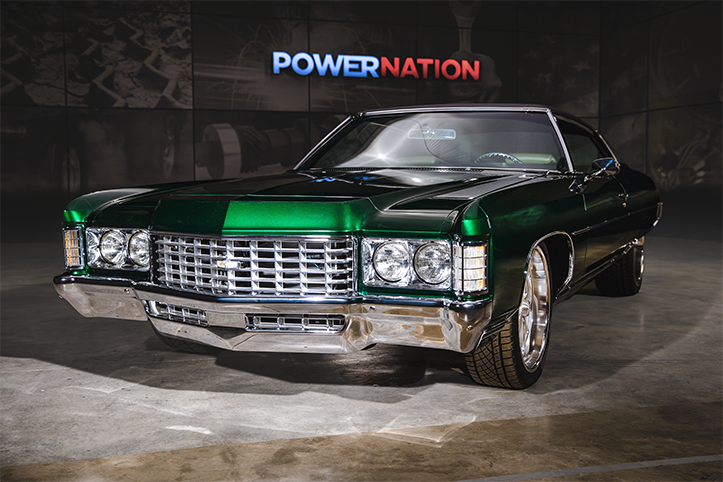
Table of Contents
Deep within the recesses of Detroit Muscle’s garage, nestled among a myriad of classic relics, sits the 1971 Chevy Caprice known affectionately as ‘Fat Stack.’ Why did we choose this particular model? For Tommy Boshers and Joel McMillan, our renowned hosts, it’s not just about nostalgia or a love for vintage cars—it’s about reviving a legend that once ruled the roads with its unmistakable presence.
With its sleek curves and imposing frame, the Caprice embodies an era of American automotive history that resonates with enthusiasts and casual observers alike. But our journey with ‘Fat Stack’ goes beyond restoration; it’s a testament to craftsmanship, perseverance, and the relentless pursuit of automotive perfection by Joel and Tommy. For many, the Caprice evokes memories of family road trips, shopping excursions, Friday night cruises, or, in Tommy’s case, the exhilarating days of demolition derbies.
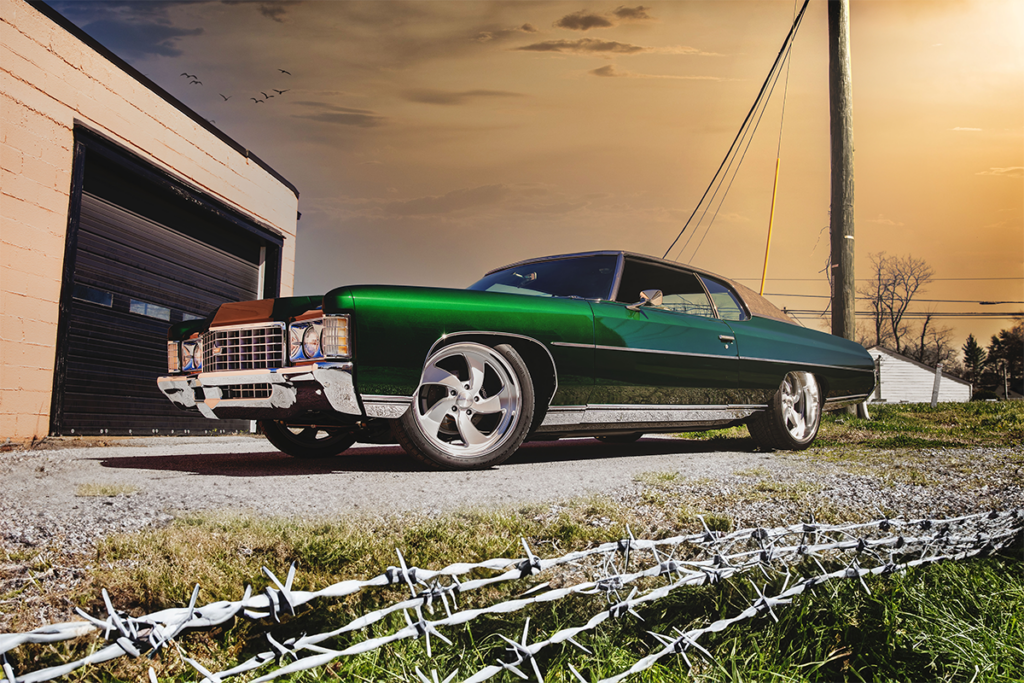
The 1971 Chevy Caprice we brought into our garage was far from showroom-ready. Covered in leaves and tree sap, it was clear this project would require extensive work on every part of the car, from the trim and body to the exterior and underside. What made this project particularly challenging was the scarcity of parts for this model, especially the trim pieces, which had no aftermarket options. Preserving these unique details was crucial to maintaining the car’s original charm.
As Joel and Tommy embarked on this restoration journey, they meticulously sourced rare and high-quality parts to ensure Fat Stack would become a masterpiece. They managed to salvage and refurbish the original egg crate-style grille, and slapped on some Continental Tires Extreme Contact DWS Plus (245/40ZR20 and 285/35ZR22), and US Mags Desperado Wheels (20×8.5 and 22×10.5). Under the hood, they placed an 840 HP Whipple Super Charged LS3 engine, built by Engine Power, paired with an American Powertrain T56 Magnum 6-speed transmission. We finished it with chrome plating by Advanced Plating and an eye-catching organic Candy Green paint from House of Kolor. Inside, the transformation continued with a fully customized interior, seamlessly blending comfort and style.
Dismantling the Big Body Chevy: Precision and Patience
The first phase of the project involved separating the chassis from the body. It’s a task that demands careful attention to detail. Radiator lines, hoses, and wiring connections must be delicately detached to prevent any unnecessary snags during separation. Our guys took particular care with those pesky core support bolts and brake lines, ensuring they’re disconnected properly.
Removing the front and rear bumpers was next on the agenda. These components hook over certain areas of the body and could potentially cause damage if not removed correctly. Transmission linkage and the speedo cable were swiftly disconnected, along with the emergency brake cable. Unhooking the fuel tank lines and extracting the body bolts were the final steps in this phase.
Mastering Caprice Body Bolt Removal: A Delicate Dance
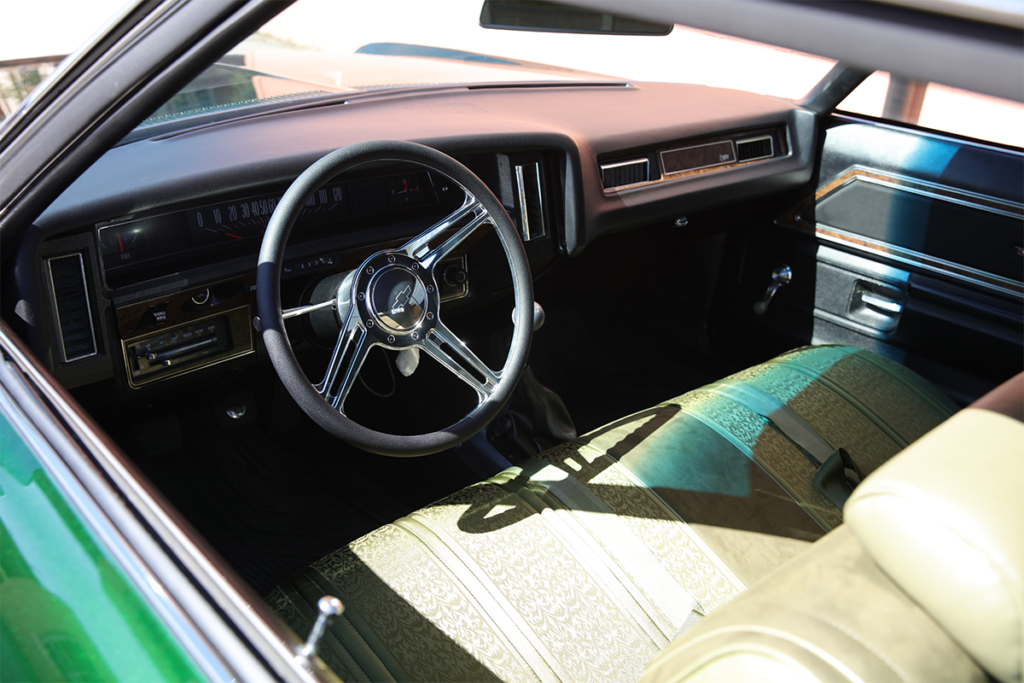
Removing body bolts may seem straightforward at first glance, but it’s a process that requires finesse. While an impact wrench can speed up the task, it’s crucial to exercise caution. Applying excessive force with an impact can risk damaging the captured nuts inside the body. Should these nuts break loose, it could necessitate cutting or torching—undesirable outcomes in a meticulous restoration like ours.
Tommy, our resident expert on these big-body Chevys, guided us through each step with precision. His experience shines through as he deftly handles each component’s removal, ensuring that everything comes apart smoothly without compromising the vehicle’s integrity.

With the body now disassembled and spread across our workshop floor, the enormity of the project becomes apparent. Every part, from trim pieces to hardware and body panels, required careful handling and storage. It’s not just about keeping things organized; it’s about preserving each component meticulously. Even seemingly minor tasks, like removing the tail light housing, were approached with utmost care, knowing that these vintage parts are increasingly rare and valuable.
Preparing the Caprice for the New Transmission
With our massive power plant in place, it’s crucial to have a robust transmission to handle all that power. Our old Chevy came equipped with a Turbo 350, which, despite its strengths, lacks an overdrive. More gears usually mean better performance, especially in terms of cruising efficiency.
While a 4L70 would be a reliable choice, we wanted to try something different for our project. Enter the Tremec Magnum T56 6-speed from American Powertrain, a powerful manual transmission that promises a thrilling driving experience. This did, however, require some cutting and fabrication to the firewall and floorboards on ‘Fat Stack’s body, as well as sourcing a new pedal assembly. For Tommy and Joel, this little bit of extra labor is well worth the fun of having a manual in their hot rod.
The Final Lap: Fat Stack Finishes its Transformation
With the disassembly complete and every part meticulously cataloged and stored, our focus shifted to the future. “Fat Stack” is received a supercharged LS engine, boasting 840 horsepower and 760 ft-lbs of torque—a dramatic upgrade from its original small block 400 engine. This powerhouse setup, prepared with the help of our friends at Engine Power, promises not only blistering speed but also a visually stunning engine bay with custom touches like bronze-powdered coating and custom machined valve covers.
Embarking on the restoration of this 1971 Chevy Caprice, “Fat Stack,” has been a labor of love and dedication at Detroit Muscle. From meticulous disassembly to sourcing rare parts and preparing for a high-performance upgrade, every step has brought us closer to transforming this classic into a modern powerhouse. Stay tuned as we delve deeper into the installation phase, where we’ll bring the vision of “Fat Stack” to life with unparalleled craftsmanship and automotive ingenuity, all for the thrill of hitting the open road.


